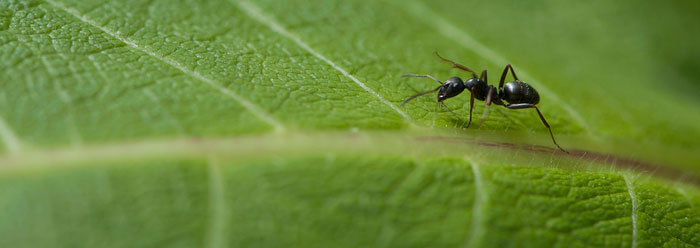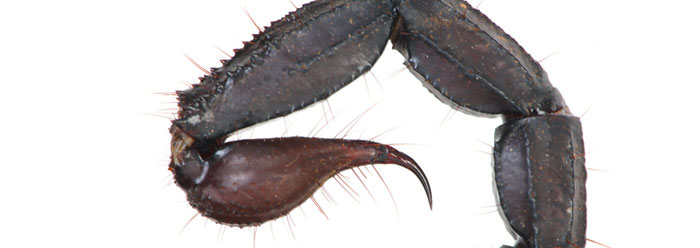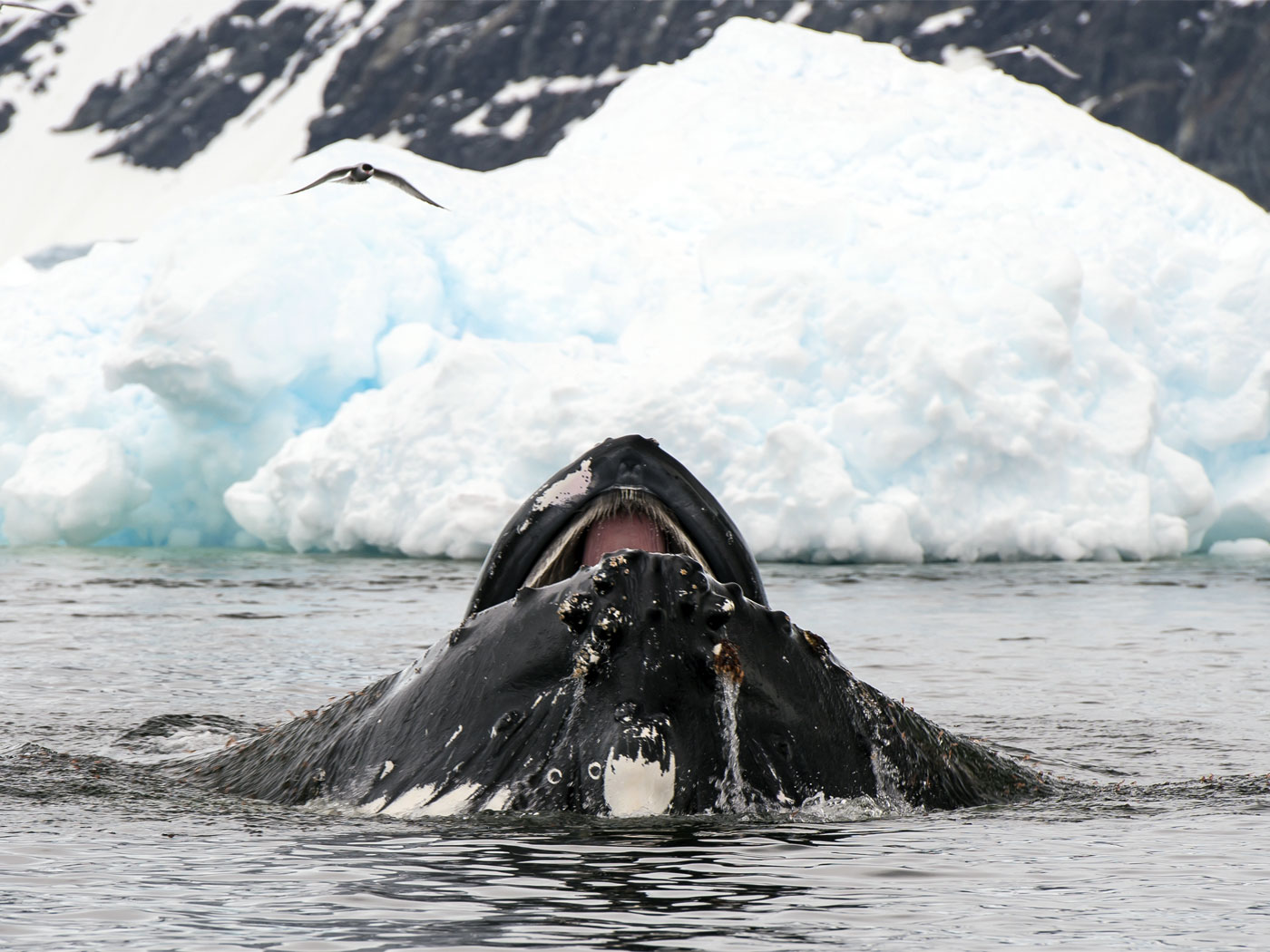A fungus turns ants into zombies. Roundworms brainwash insects, forcing them to commit suicide by drowning in order to complete the worm's life cycle. Barnacles transform male crabs into females that then oxygenate the barnacle's offspring. These parasites' complicated life cycles and surgically-precise host interactions leave virtually no doubt that they were intentionally fashioned. But how, when, and why could God's originally "very good" creation accommodate such morbid features?
On the surface it might appear that these parasites offer grave problems to both creation and evolution. If these parasites originated by creation, then they seem to imply an evil Creator that Scripture does not describe. However, if these parasites originated by evolution, then they imbue nature with insightful and creative powers that it simply does not have.
David Hughes of Penn State University confronted the question of host-manipulating parasite origins from a purely evolutionary perspective at a January 2014 Society for Integrative and Comparative Biology symposium titled, "Parasitic Manipulation of Host Phenotype, or How to Make a Zombie." Also appearing in the August 2014 issue of the Society's journal, Hughes dedicated his paper to leading atheist Richard Dawkins and offered glowing compliments to Charles Darwin.1 What insights did Hughes supply that might help bridge the chasm between evolution's supposedly blind and natural workings and precise parasite-host designs?
His paper first described fossil evidence of host-manipulating parasites seen in today's wilds. For example, a particular fungus infects a certain ant, and the fungal extensions penetrate the insect's brain. Eventually, the ant crawls on the underside of a leaf, takes a biting clamp on the leaf vein, and dies. The mature fungus then uses the leaf as a platform to erect a tiny tower that disperses its spores. Researchers found a fossil leaf with the tiny tell-tale ant bite marks in its main vein, indicating to Hughes that this kind of parasitism had already evolved by the time the leaf specimen fossilized.
Researchers have also found fossilized evidence of a barnacle-infected, feminized male crab from a Miocene deposit in New Zealand. But again, the fossil merely shows that this particular parasitic relationship had already completely formed by the time of fossilization. Where is the evidence for evolution?
What Hughes and his evolutionary colleagues really needed were examples, either living or fossil, of parasites with not-yet-complete life cycles, i.e., transitional life cycles. For example, what about a roundworm that, instead of zombifying its host insect into a full-on suicidal jump into water, merely brings the insect closer toward a water source?
Instead, Hughes came up with this:
Ancestrally, some worms requiring reproduction in water must have managed to manipulate their terrestrial insect hosts to select slightly more humid environments, thereby conferring a selective advantage to the parasite as the emerging worm would be able to travel the remaining distance to a body of water without dissicating [drying out.]1
That's it—a speculative story with not a shred of supporting science. Is this supposed to represent the best evidence for the evolution of host-manipulating parasites?
Hughes even admitted that these bizarre life cycles cost these parasites more energy than those that don't bother with manipulating their hosts. He wrote, "Knowing this, it becomes even more curious as to why it ever evolved."1
Now that line of thinking does make sense.
So perhaps these specifications never did evolve, but were created. If so, then when, how, and by whom?
God's record of ultimate origins is an obvious place to start looking for answers. Readers of Genesis learn that although the creation was initially "very good," it was soon corrupted by sin. It therefore seems likely that zombie ants and the like only occurred after the Genesis three Curse.
In other words, if host-manipulating parasites are an evil phenomenon, then they must have begun after evil entered the world. Although this historical application essentially leaves God's good name intact, questions remain.
For example, it seems unlikely that the Lord directly added the information required for parasitic lives after the Curse, since God's Word says that he completed his creative work before the Curse. More research is needed to select from at least two possible answers.
First, God may have planted potential parasitic tools and information into organisms at creation, but they were only switched on after the Curse. Second, some parasitic situations likely arose from Curse-caused mutations that damaged once-healthy symbiotic relationships.2
The precise and elaborate design in these creepy parasitic relationships clearly confronts nature-only origins speculations, but creation-friendly possibilities remain open to those willing to consider them. Zombified ants and gender-changed crabs continue to challenge origins options, but between creation and evolution, creation at least supplies a Source for the design specifications inherent to these unnerving parasitic relationships.
References
- Hughes, D. P. 2014. On the Origins of Parasite-Extended Phenotypes. Integrative and Comparative Biology. 54 (2): 210-217.
- Wood, T. C. 2003. Fellowship, Creation, and Schistosomes. Acts & Facts. 32 (3).
* Mr. Thomas is Science Writer at the Institute for Creation Research.
Article posted on August 4, 2014.























